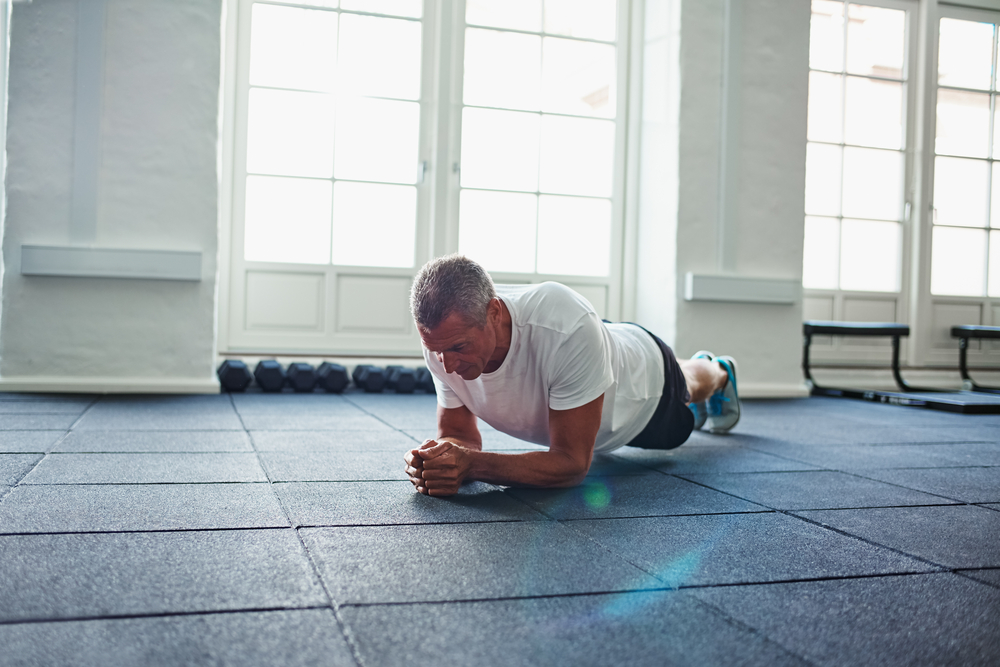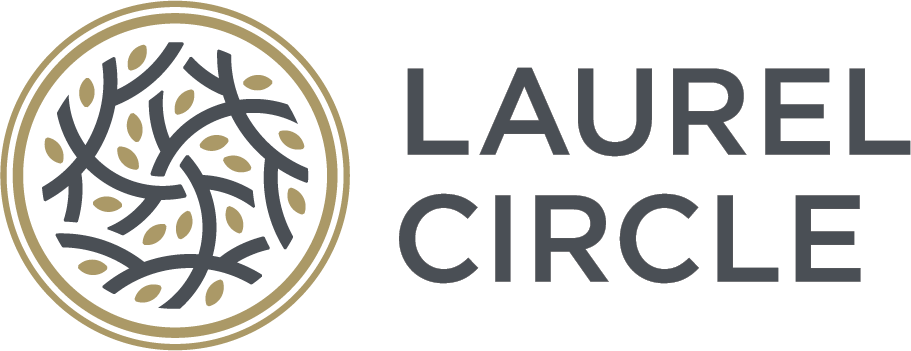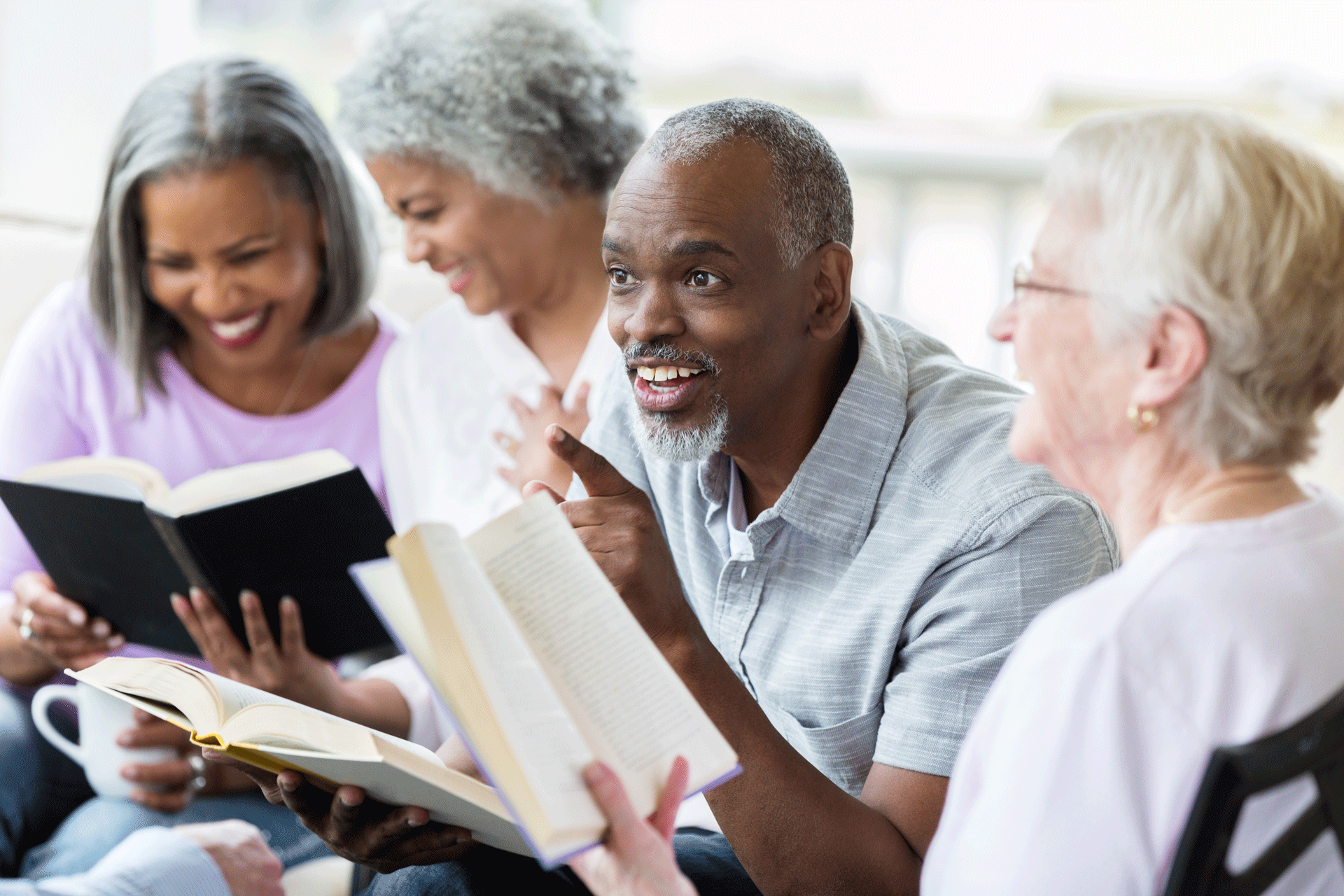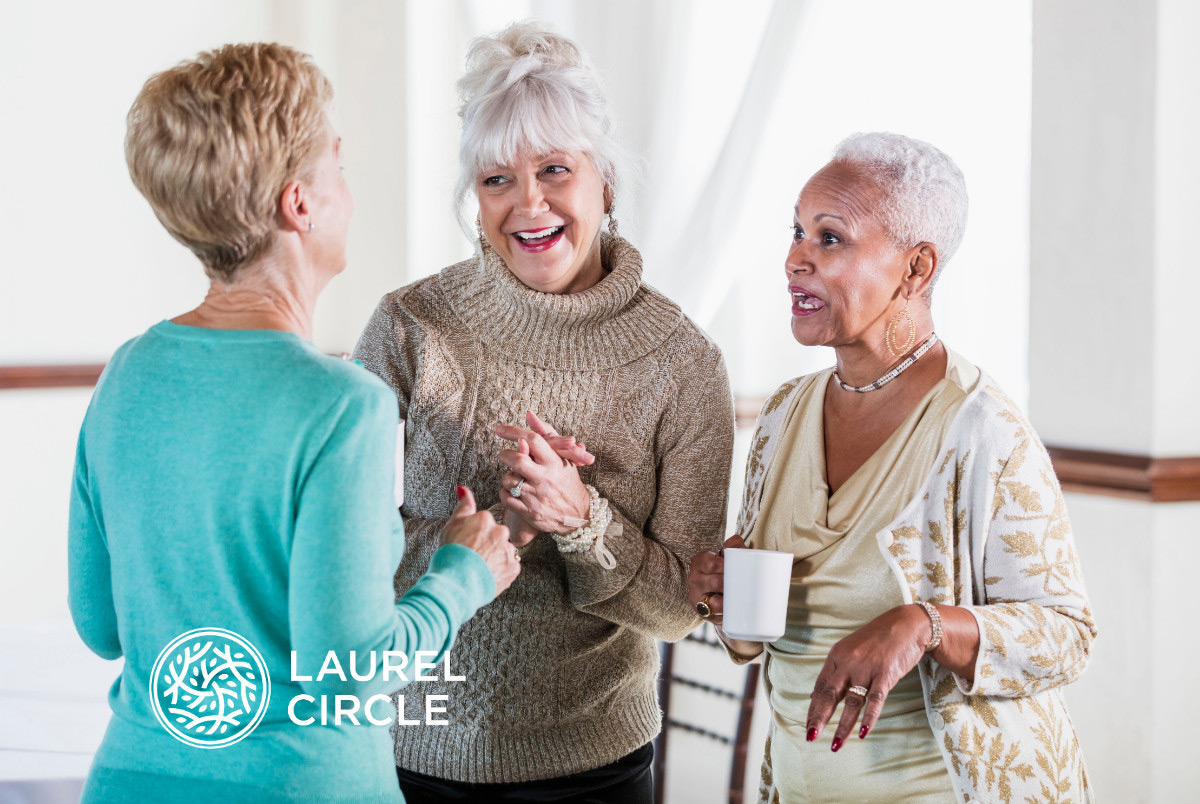Best Core Exercises for Seniors

A strong core isn’t just about great-looking abs. Paying attention to your core strength as you age influences your posture and balance, helps prevent falls, and can even affect your independence.
In order to protect your core, you need to understand why these muscles play such an important role in your overall well-being. Then, to help you work toward a stronger core, we’ll show you some of the best core exercises for seniors.
What is Your Core?
While most people think of abdominal muscles when they think of core strength, that’s actually only part of the story. Your core spans everything connected to your pelvis and spine — 29 different muscles in all, from the lower part of your rib cage down to your buttocks. In addition to your abs, your core also includes your obliques, along with your upper and lower back.
Without a strong core, your ability to complete even basic movements can be limited. Your core functions as a stabilizing system that enables movement of all kinds, from standing and sitting to turning, lifting, bending and more.
Best Core Exercises for Seniors
An old-school approach to core strengthening exercises was sit-ups and crunches, but there are more efficient and effective ways to build up your core muscles. The best core strengthening exercise program includes exercises that work multiple muscle groups at once.
Arm and Leg Raises: Begin on your hands and knees (on a cushioned surface to protect your knees), with your back parallel to the floor. Stretch an opposite arm and leg away from your body and bring them in line with your back, holding your core muscles tight for balance. Avoid abrupt thrusts and instead focus on slow, steady movement. Hold the pose then switch to the other arm and leg. Repeat 10 times on each side.
Plank: Start by lying flat on the floor, face down — similar to how you’d start a push-up. Use your core muscles to push your body up so your weight is resting on your forearms and your toes. Your elbows should be directly under your shoulders, and keep your back as straight as possible. Hold the position as long as you can, and repeat 10 times. If necessary, start with a modified plank and rest your weight on your knees rather than your toes. You can also perform the plank against a wall, if you’re concerned your upper body strength won’t support you on the ground.
Bridge: This seemingly simple move is another one of the best core exercises for seniors. To begin, lie on your back with your arms to your sides, feet flat on the floor and knees bent. Tighten your core muscles, including your buttocks, and raise your hips off the ground to form a straight line from your knees, across your hips and to your shoulders. Hold and repeat 10 times.
Sitting Leg Lifts: Many seniors like this core exercise because it doesn’t require getting down on the floor. Start by sitting in a sturdy chair. Sit straight; avoid slouching. Hold on to the sides of the chair for balance, and one at a time, extend one leg straight in front of you and raise to hip level — or as high as you can without causing your back to sway. Hold then return to the floor. Repeat 10 times on each leg.
Seated Side Bends: Another chair-based exercise, you’ll start by sitting in a chair with your feet flat on the ground. Keeping your posture steady and straight, bend one elbow and raise one hand behind your head. Bend to the side and allow your opposite arm to reach toward the floor. You should feel a stretch down your side. Repeat 10 times for each side.
Remember, before starting any new physical activity, it’s a good idea to talk with your doctor to ensure you can safely execute the movements. A physical therapist or personal trainer can walk you through exercises to ensure you’re executing them properly so you avoid injury and generate the best results.
Our Well-Rounded Approach to Wellness
At Laurel Circle, we believe wellness encompasses more than eating right and exercising. Our programs and classes help residents thrive by nurturing eight dimensions of wellness: physical, social, emotional, intellectual, vocational, environmental, spiritual and health.
Get in touch to learn more about independent living and how we take a personal interest in advocating for each resident’s well-being.




